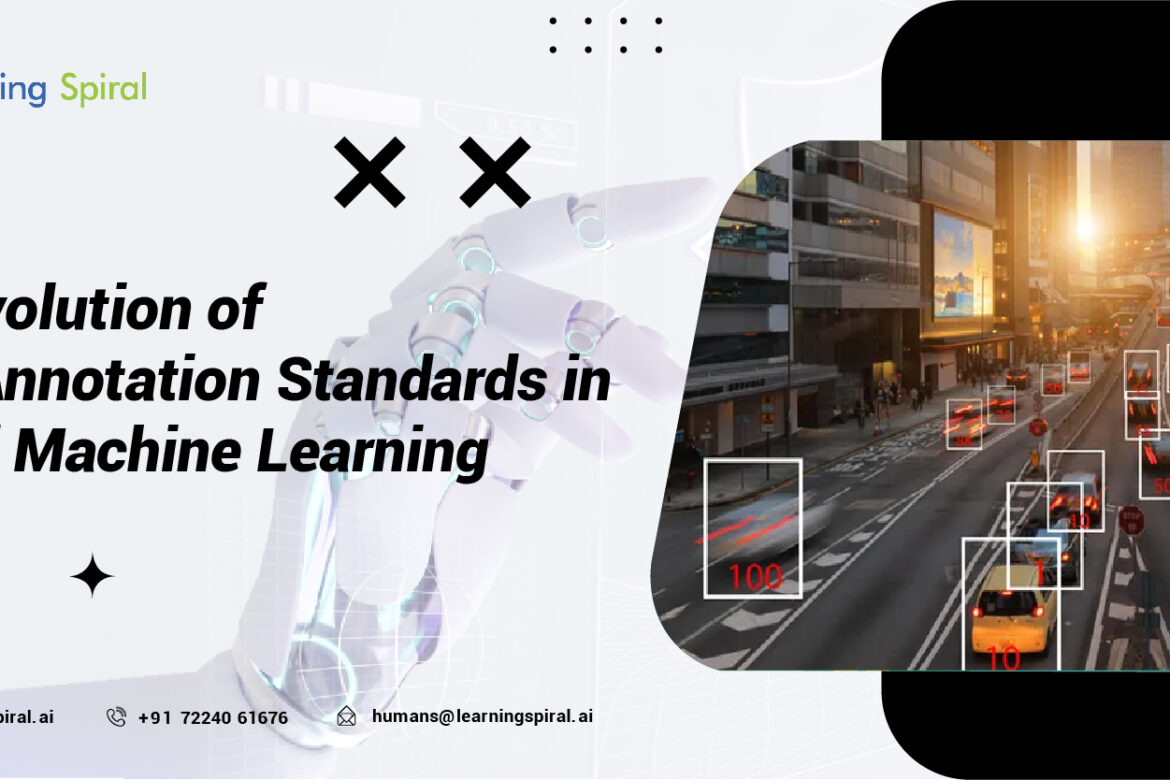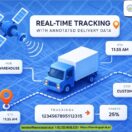Data annotation, the process of labeling raw data to guide machine learning (ML) models, is a crucial part of the AI revolution. Just like a child learns from labeled objects, annotated data teaches ML models how to recognize patterns and make accurate predictions.
In this scenario, the way one annotates data has evolved significantly alongside the field of AI itself.
The development of the Data Annotation Process Over the Years
Early AI and ML projects relied on rudimentary annotation methods. Researchers would label images by hand, writing descriptions on physical photos or painstakingly drawing bounding boxes around objects. These methods were labor-intensive, slow, and prone to human error. Consistency, a crucial element for reliable training data, was a challenge.

As AI applications broadened, the need for standardized annotation practices became evident. Industry-specific needs emerged. Medical imaging analysis required precise labeling of anatomical structures, while self-driving car algorithms demanded detailed annotations of traffic signs and pedestrians.
The first wave of standardization came in the form of internal guidelines developed by research labs and companies. These guidelines outlined specific labeling formats, data quality checks, and inter-annotator agreement metrics. However, these standards were often difficult to apprehend, limiting collaboration and hindering progress.
Key Trends
Today, the field of data annotation standards is constantly evolving. Here are some key trends:
- Active Learning: New techniques like active learning are being explored. Here, the ML model itself guides the annotation process, prioritizing data points that hold the most value for learning. This can significantly reduce the human effort required for annotation.
- Automation and Semi-automation: Advancements in AI are leading to automated and semi-automated annotation tools. These tools can pre-label data or suggest labels, reducing the workload for human annotators while ensuring consistency.
- Crowd-sourcing Platforms: Online platforms are enabling the creation of large-scale annotated datasets through crowdsourcing. However, managing data quality and ensuring expertise within the crowd remain challenges.
Looking ahead, the future of data annotation standards lies in:
- Domain-specific Standardization: Industry-specific guidelines will continue to evolve, catering to the unique needs of different applications like medical diagnosis or autonomous vehicles.
- Standardization for Emerging Data Types: With the rise of new data modalities like point clouds and audio, creating annotation standards for these formats will be essential.
Conclusion
In conclusion, data annotation standards have come a long way, transitioning from ad-hoc methods to a crucial element in building robust and reliable AI models. As AI continues to evolve, so too will the way we annotate data. By embracing interoperability, automation, and domain-specific expertise, we can unlock the full potential of AI and empower it to solve some of the world’s most pressing challenges.






